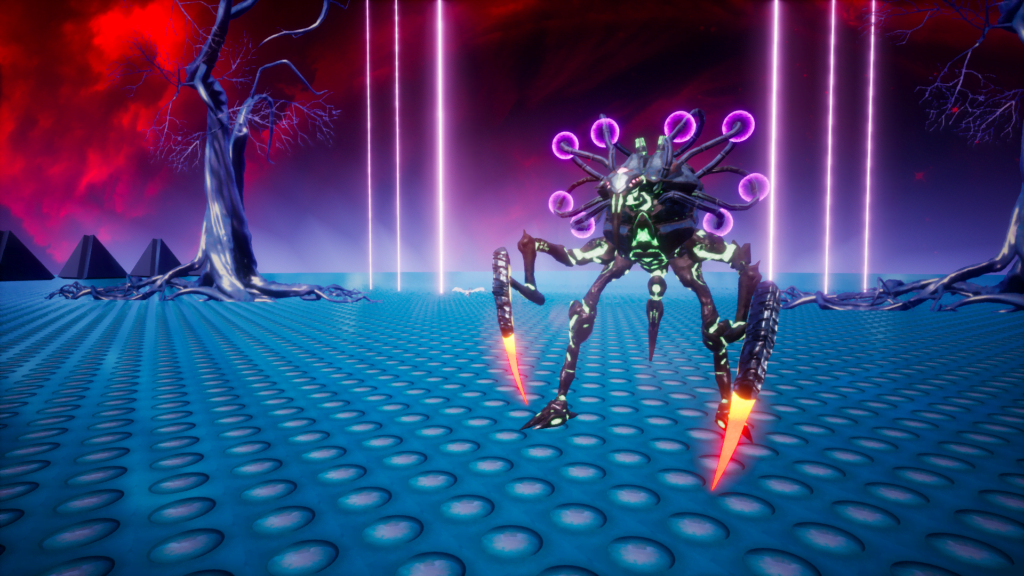The name of Yu Suzuki carries a lot of weight in videogame history. While not as often on the lips of people talking about games nowadays, with others like Miyamoto and Koji Igarashi usually more on headlines instead, and for good reason, Suzuki is equally as important as them.
As head of Sega’s arcade division during the golden era of releases back in the 1980s and early 1990s, he was responsible for some of the company’s greatest hits like Hang On, After Burner, Space Harrier, and of course, he was also among the first game devs to work with polygonal graphics with hits such as Virtua Racing and the amazing Virtua Fighter.
Recently, though, the game that has been most closely tied to him is Shenmue, which after decades languishing in limbo, recently got a sequel with Shenmue III, under the creator’s post-Sega venture, Ys.Net. While the end result wasn’t exactly my cup of tea back when it was released, its creator’s tenacity was to be lauded, after all, without his efforts, that game would still be vaporware now.
Now, Suzuki set his sights on another of his previous creations, Space Harrier, when coming up with his company’s newest release, Air Twister. In all but name, the game’s a new version of the hit arcade and console game, bearing the same faults and all. It’s exactly what you’d think a modern day release in that vein of the old game, faithfully recreating its fast-paced but ultimately limited gameplay, something that it also has akin to yet another of Sega’s most successful and overlooked series, Panzer Dragoon.

You control a flying girl who can lock onto enemies that approach her from side to side as you make your way through very short stages that always end in a boss fight. Skills like dodging and making sure that all of your shots count come into play when the final score is tallied, and at the end of a run, you’re given a grade that amounts to the number of stars that you earn.
In turn, those stars can be used to unlock new bonuses that come in the form of a board game-like map, accessed in the main menu. Thanks to the very short length of every run, there’s no time wasted when playing Air Twister – you can usually end a game in less than an hour, making it a great pick up and play arcade experience on the go.
For as limited as its gameplay is, there’s a fair amount of content to unlock in the game, in the form of new outfits for the protagonist to wear, as well as different hairstyles and makeup, not to mention her main weapon’s look. It’s not exactly what I’d call feature-rich in terms of replayability, but it’s more than your usual arcade fare, and certainly goes beyond what even Sega has put out when it comes to its past glories making a comeback.
Aside from the main arcade mode, once it’s cleared for the first time, you can engage in a boss rush that can be a lot of fun since during those fights, the gameplay tends to be at its most demanding, a far cry from the usual sweep from the stages in between them. Then again, like the rest of the game, there’s only so much you can get out of this, but it is something to challenge yourself with once you are through with arcade mode.

The music in Air Twister is perhaps the game’s best feature. Yu Suzuki being the unique sort of person that he saw fit to hire his favorite artists to score his latest. Valensia, a New Age musician from the Netherlands lends their talent to the game, and their music is sort of a mix between Queen and A-Ha that –call me crazy! – I never knew I wanted until I listened to it here.
Visually, there’s not much to say about Air Twister, really. It looks like an early era PS2 game, only now running at a silk-smooth framerate and with analog controls. The polygonal models for everything but the main character are extremely simple, while the hero’s obviously gotten the most attention, looking cheerful and very cute when blasting away everything that comes her way.
Air Twister is the sort of game that works well on the Switch due to its simplicity and ease of playing in short bursts. Along with the host of arcade titles that I’ve taken a look at over the course of the system’s lifespan, it’s yet another respectable addition to its catalog. Just don’t expect it to blow you away or anything – what it does might not be much, but it is as well developed as it can be for what it is.





